- January 18, 2019
- By Chris Carroll
A basket piled with unfolded laundry. Kickoff for the big game in 10 minutes. A toddler waking up grumpy from a nap.
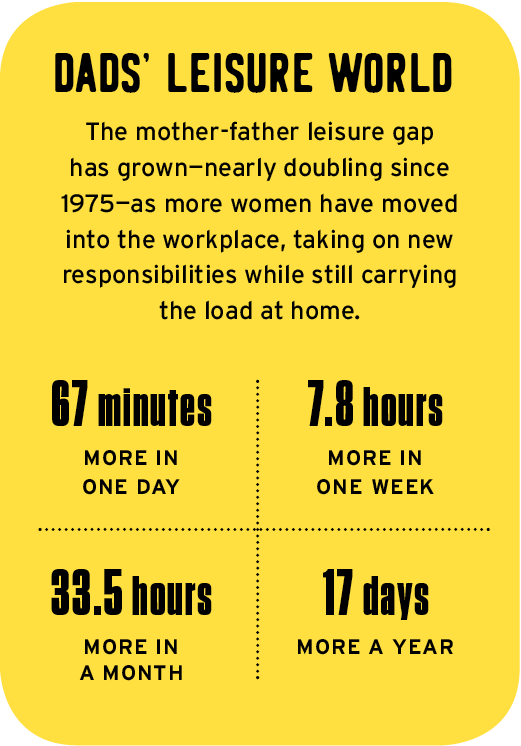 Although these circumstances may appear unrelated, ask yourself how you’d typically handle each one. With just that information, researchers in the Maryland Time Use Laboratory, the country’s leading center for time-use studies, can start drawing a picture of who you are, from your gender to the kind of work you do.
Although these circumstances may appear unrelated, ask yourself how you’d typically handle each one. With just that information, researchers in the Maryland Time Use Laboratory, the country’s leading center for time-use studies, can start drawing a picture of who you are, from your gender to the kind of work you do.
If that sounds like a parlor game, the field’s real goal is to understand how people live their lives and how sweeping social and economic changes affect them, says Liana Sayer, a sociology professor and the lab’s director.
Researchers there analyze data stretching back to the 1960s and collect new information through “time diaries” kept by study participants. (Sayer and colleague Sandra Hofferth, family studies professor emerita, maintain a repository of such data—IPUMS Time Use—drawn on by researchers nationwide.

These detailed accounts bypass faulty memories and wishful thinking about how we think we should spend our time. They also provide insights into persistent societal inequities that determine who actually has to fold the clothes, who gets to sit back and watch a game on TV and who cares for a family’s children.
“Time-use studies give us an unvarnished assessment of what people and societies value, and how those differ by gender or by race, ethnicity or social class,” Sayer says. “It’s a useful lens to view broad macroeconomic shifts as well as normative shifts, and connect those to people’s everyday lives.”
Chore Wars
“All women—regardless of social class—carry a disproportionate load. Time-use data show that in general, men spend less time on housework, but more time in front of the television. When it comes to couples with children, men have more than an hour of additional free time each day. There are class differences as well: Higher-income families outsource some housework to cleaning and service companies. Interestingly, the gender division of labor may be more balanced in lower-income households. Men in such families need to pitch in more than their higher-income brethren do just to get everything done.”
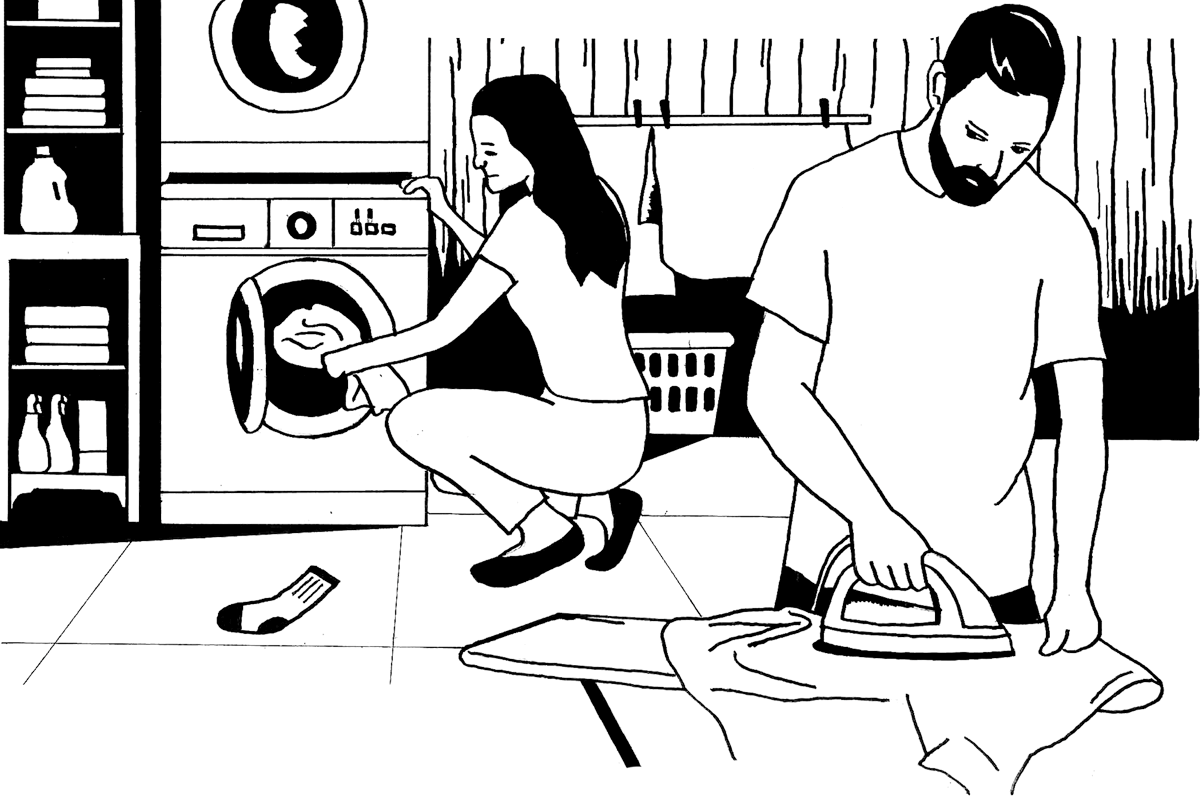
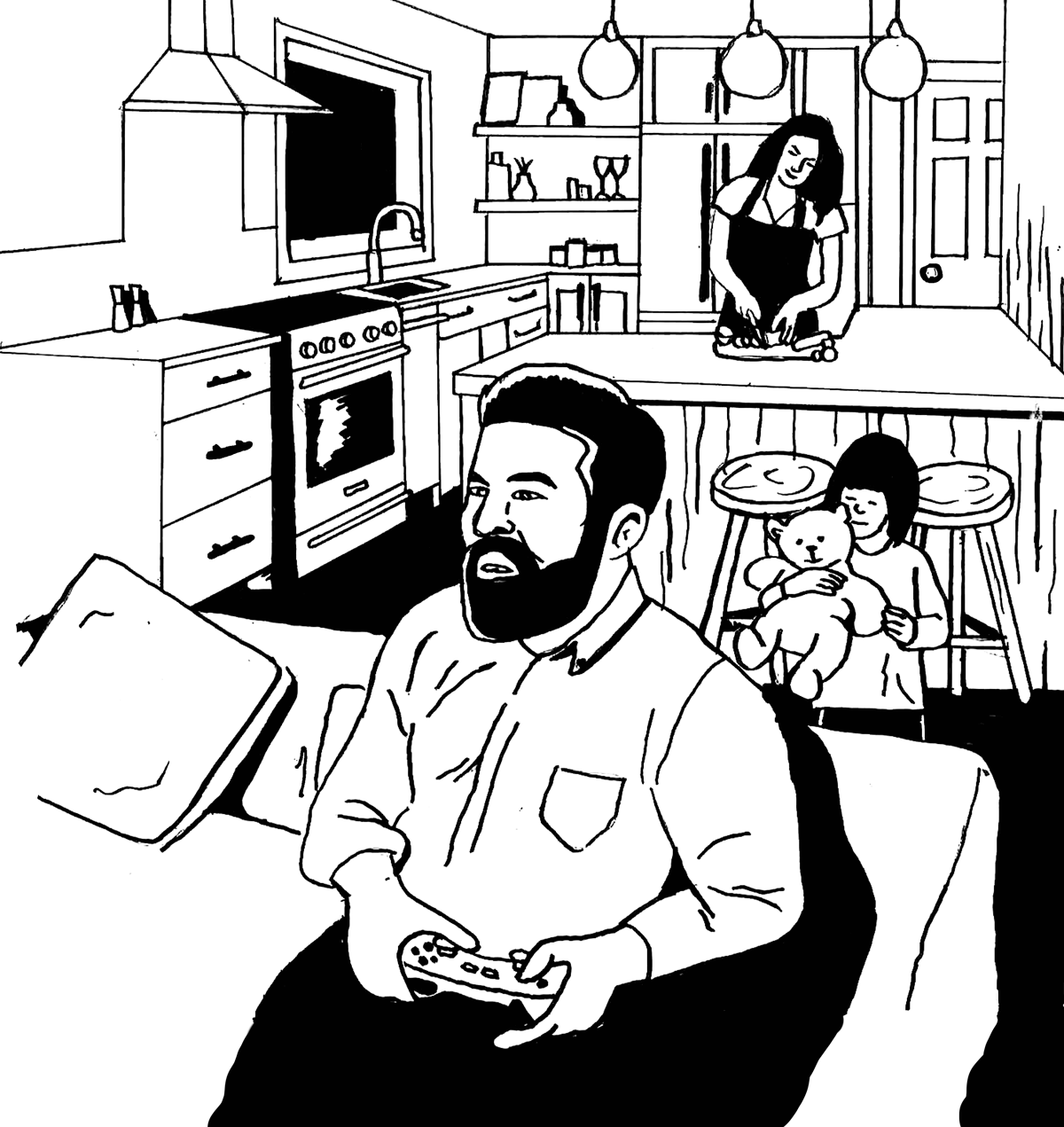
Who Cares (For the Kids)?
“Providing child care is a universal concern, regardless of income, but the actual arrangements vary widely in ways that often reflect social and class divisions in society. Lower-income people sometimes structure their paid work around child care, with spouses or domestic partners working different shifts so one can take care of the kids—often a stressful way of living. People of greater means and higher levels of education tend to outsource most housework and some routine child care. So although higher-earning men in particular have longer work hours, these parents also report spending more time on both child care and on enriching activities with their children, alongside their more rewarding work.”

Mom arrives home from her shift and takes over as Dad heads out the door to work. Child care expenses force many families to stagger job hours to avoid paying for child care, and American parents report lower levels of general happiness than those in Europe, where child care is often subsidized.
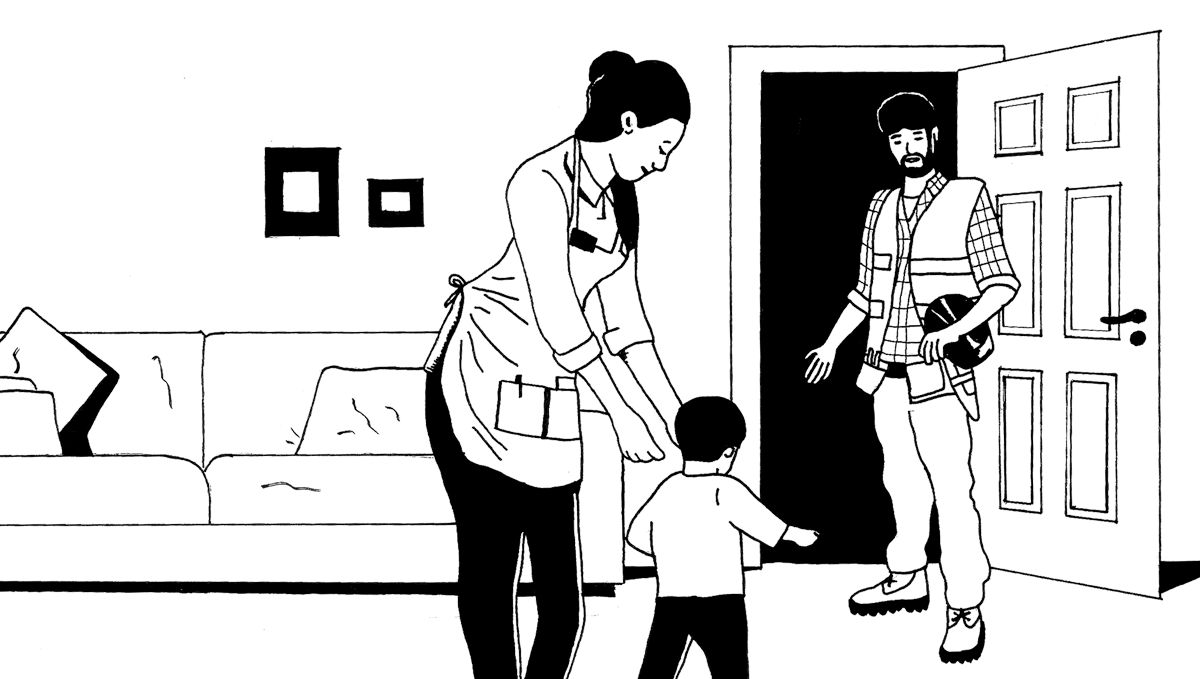
The Cost of Free Time
“Both quantity and quality of leisure time—defined as time not at work or doing other necessary activities—is of major interest to time-use researchers. Obviously, people with high incomes can engage in a broad variety of activities, from museum trips to sporting events to vacations. Decades of research shows that perhaps counterintuitively, lower-income people actually have more leisure time than wealthier people. But they tend to spend it in less social—and according to surveys—less enjoyable pursuits like watching television. It makes sense; it’s cheaper to watch a ball game than to attend one, for instance. Moreover, people from disadvantaged neighborhoods likely have fewer recreational amenities near their homes, and research suggests they experience racial and class-based bigotry when using public parks or other recreation facilities.”

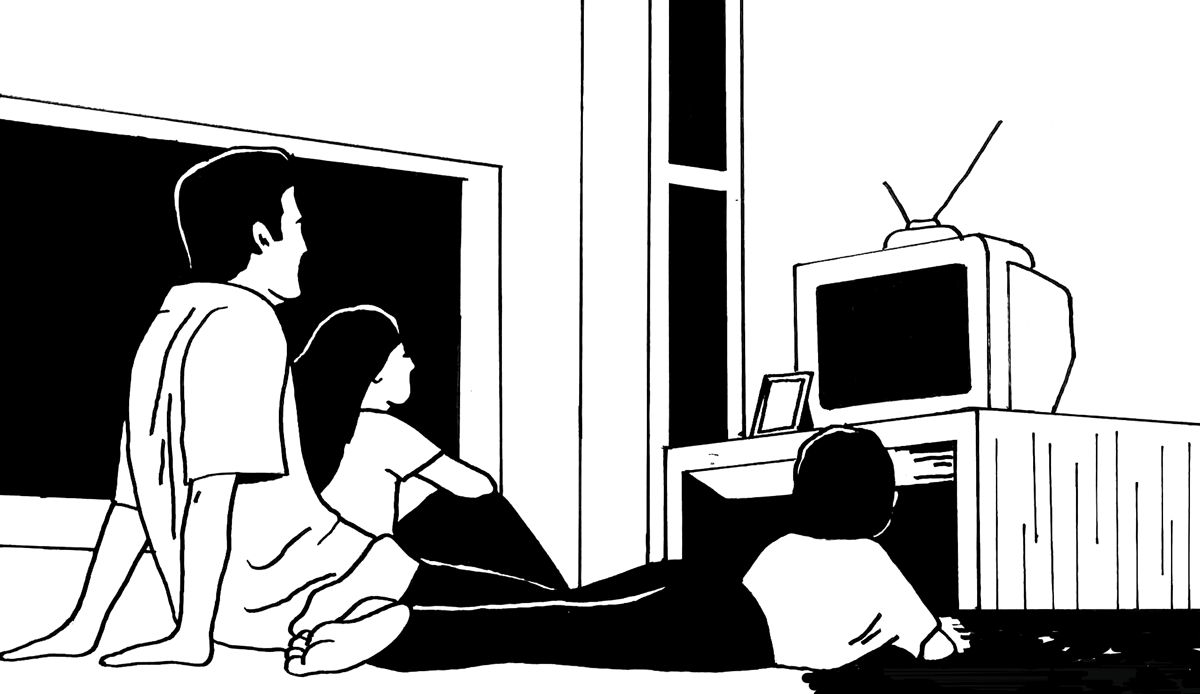
Tags
Research